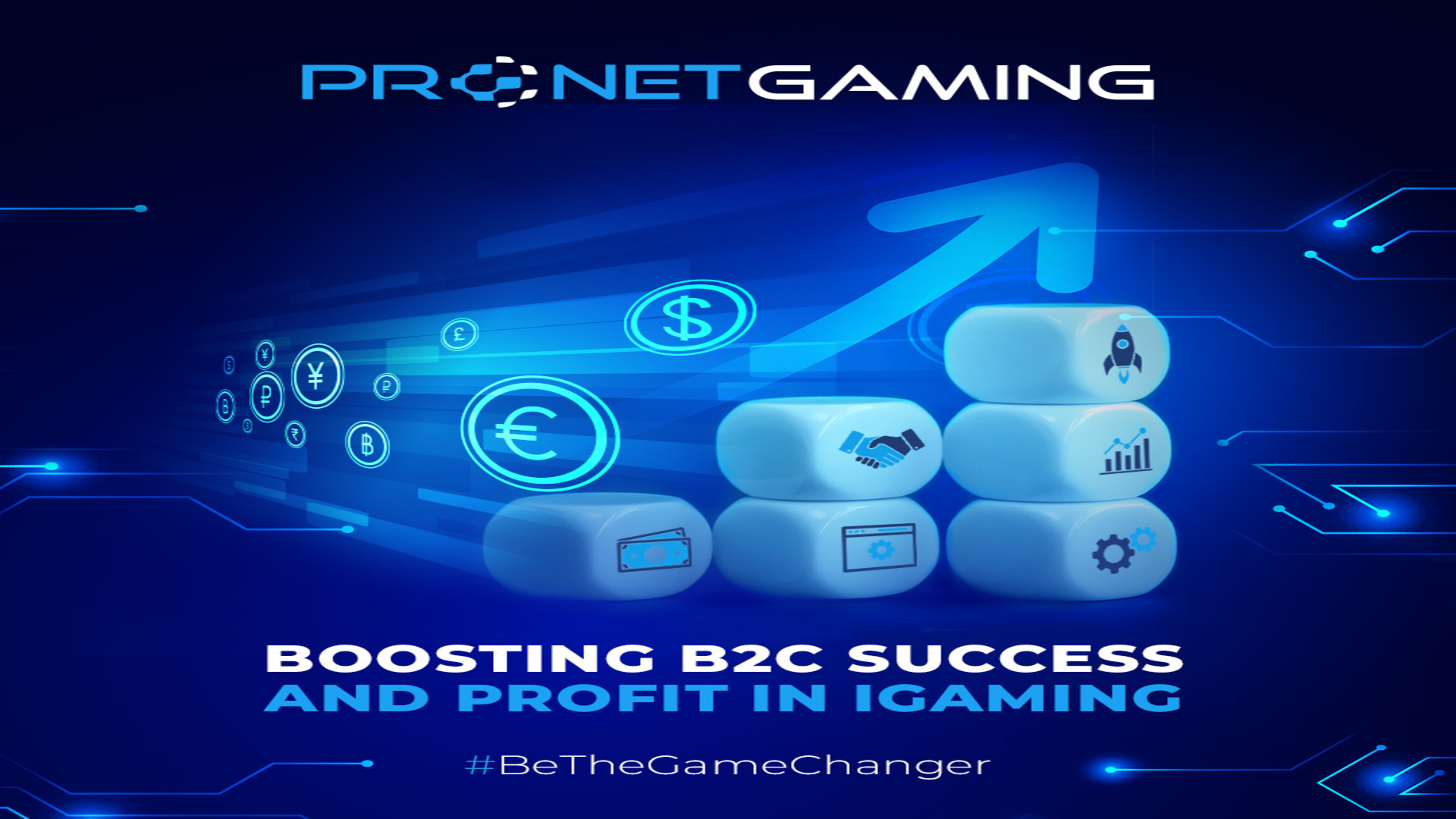In the increasingly competitive iGaming industry, business-to-consumer (B2C) operators must constantly refine their strategies to boost key metrics such as gross gaming revenue (GGR), registration numbers (Reg), first-time deposits (FTD), and net profit. To remain profitable and sustainable in the long term, operators need to focus on enhancing these vital metrics while adapting to changing player preferences and regulatory challenges. Here, Alex Karaoulis, Commercial and Product Strategy Lead at Pronet Gaming, explores how online operators can drive success and increase profitability by focusing on these key performance indicators.
Maximizing gross gaming revenue
Gross gaming revenue is one of the most important metrics for any online operator. It measures the difference between the total amount wagered by players and the total amount paid out as winnings. To maximise GGR, operators need to focus on two main factors: player acquisition and retention.
Effective player acquisition strategies involve targeting the right audience, whether through social media campaigns, SEO, casino streamers, affiliate marketing, or partnerships with game developers. Understanding customer behaviour and personalising marketing efforts based on player preferences can increase the chances of attracting high-value players who generate greater wagering volumes.
Retention, on the other hand, is just as important. Operators usually implement loyalty programmes, gamification techniques, bonus structures, and regular promotions to keep players engaged. By offering players a compelling reason to return—such as exclusive rewards or unique games—operators can improve player lifetime value and, ultimately, boost GGR.
Growing registrations
An increase in registrations is the first step towards building a sustainable player base. Without new users signing up, operators cannot grow their GGR or net profit. Effective acquisition strategies are key to growing registration numbers, and they need to be multi-channel.
Optimising the registration process is crucial in reducing friction and ensuring a smooth user experience. Complex or lengthy registration forms can deter potential players, so keeping the process simple and intuitive is essential. Additionally, operators would want to focus on implementing high-conversion landing pages and engaging promotional offers to entice new players to sign up.
In a competitive market, operators must also differentiate themselves by offering unique bonuses and incentives. These might include welcome bonuses or free spins that provide players with immediate value and encourage them to create an account.
Driving first-time deposits
The next metric that directly impacts profitability is first-time deposits. Simply getting players to register is not enough; operators need to turn these registrations into paying customers. The key to boosting FTD lies in providing compelling deposit incentives and offering promotions that encourage new players to make their first deposit.
Operators typically offer attractive welcome bonuses tied to a player’s first deposit, such as a match bonus or free spins. This not only incentivises players to deposit but also enhances the perceived value of playing on the platform. A frictionless payment process, with multiple payment options, is also crucial to encourage players to fund their accounts quickly and easily.
Additionally, operators would want to track player behaviour closely to identify users who are at risk of abandoning the site before making their first deposit. Targeting efforts through personalised messages and special offers can help convert these players into paying customers.
Increasing net profit
Net profit is the ultimate measure of an operator’s success. It reflects the bottom line after accounting for all operating expenses, including marketing, software licensing, and customer service. To increase net profit, operators must improve both their revenue-generating activities and cost-efficiency.
Optimising marketing spend is a significant area where iGaming operators can boost profitability. By analysing the return on investment for different marketing channels, operators can identify the most effective acquisition strategies and allocate resources accordingly. Cutting costs on underperforming channels allows businesses to reinvest in more effective strategies, driving both acquisition and retention.
Another strategy for improving net profit is to enhance the efficiency of back-end operations. Implementing automation in customer support and compliance tasks can significantly reduce operational costs. In addition, focusing on data analytics allows operators to identify patterns in player behaviour and make data-driven decisions that boost player engagement and increase profitability.
Final thoughts
By employing targeted marketing strategies, optimising the user experience, offering engaging incentives, and maintaining cost-efficiency, B2C businesses can enhance their profitability while staying ahead of the competition. Operators who adapt to changing market conditions and continuously refine their approaches will be better positioned to capitalise on the growth opportunities within the iGaming industry—now and in the long run.



